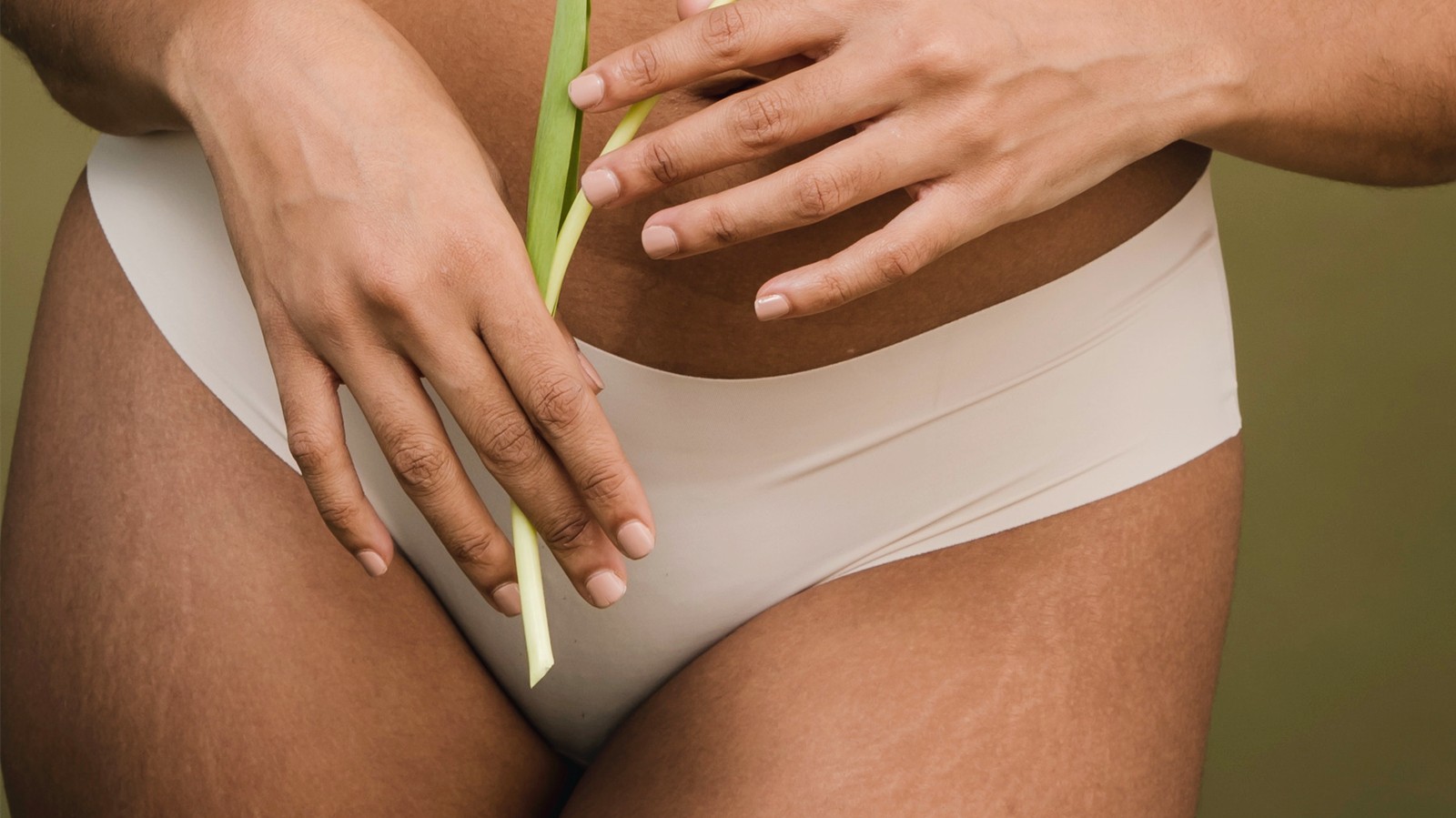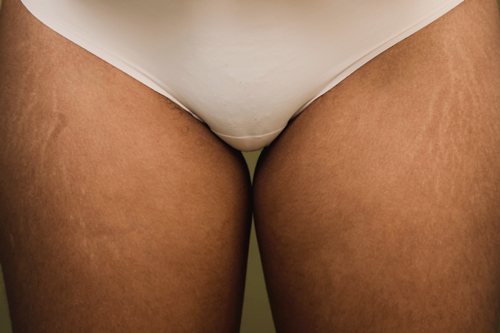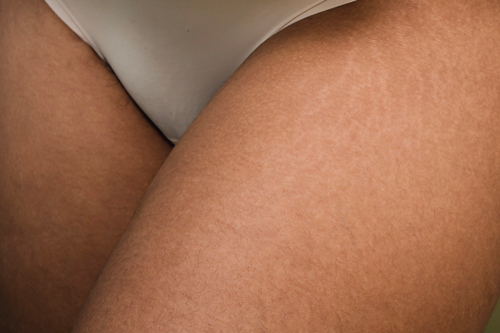
A Little Change for The Diapers, A Big Change for The World | Eco Boom Baby Bamboo Diapers and Wipes Manufacturer
A Little Change for The Diapers, A Big Change for The World | Eco Boom Baby Bamboo Diapers and Wipes Manufacturer

A stretch mark is a type of scar that develops when our skin stretches or shrinks quickly......
A stretch mark is a type of scar that develops when our skin stretches or shrinks quickly. The abrupt change causes the collagen and elastin, which support our skin, to rupture. As the skin heals, stretch marks may appear.
Not everyone develops these narrow bands on their skin. Fluctuating hormone levels seem to play a role. You may also have a higher risk if people in your family get stretch marks.
If you develop stretch marks, you’re most likely to do so during these times:
Growth spurts that happen in puberty
Pregnancy
Rapid weight loss or gain
Weight training when you have rapid muscle growth
Applying a corticosteroid to your skin for a long time can also cause stretch marks. If you have Cushing’s disease or Marfan syndrome, you may see stretch marks.
When stretch marks first appear, they tend to be red, purple, pink, reddish-brown, or dark brown, depending on your skin color. Early stretch marks may feel slightly raised and can be itchy.
In time, the color fades and the narrow bands sink beneath your skin. If you run your finger over a mature stretch mark, you often feel a slight depression.



How can we reduce my risk of developing stretch marks?
You can’t do anything that guarantees that you won’t develop stretch marks. But a combination of hydration, diet and exercise can help reduce your risk.
Hydration
Drink plenty of water. Water helps keep your skin stay soft, so you’re less likely to develop stretch marks.Drinking caffeine can also increase your risk of developing stretch marks. If you drink a lot of coffee, tea or soda pop, it’s a good idea to drink as much — or more — water.
Diet
It’s also a good idea to eat foods that promote healthy skin, including foods:
Rich in zinc, such as nuts or fish.
High in vitamins A, C and D, such as carrots, citrus fruits and milk.
Rich in protein, such as lentils, beans, broccoli, lean beef and chicken.
Exercise
Exercise increases circulation and helps your body produce collagen. Increased circulation and collagen help your skin stay strong and stretchy.
How are stretch marks treated?
In general, treating stretch marks is difficult. Treatment improves the appearance of stretch marks, but they may not go away completely. Addressing your stretch marks when they first appear yields the best results. Older, deep stretch marks may be more challenging to treat.
Treatment options include:
Laser skin resurfacing
Laser skin resurfacing is a type of surgery. Your healthcare provider directs short, concentrated, pulsating beams of light on your stretch marks. The laser removes layers of your skin very precisely, which stimulates the growth of new collagen fibers to create smoother skin.You should see an immediate difference after treatment. Side effects may include the appearance of small white bumps on your skin (milia), swelling, dark areas of skin (hyperpigmentation) and light areas of skin (hypopigmentation).
Dermabrasion
Dermabrasion is a type of surgery. Your healthcare provider uses a specialized instrument to scrape away your stretch marks. The process improves your skin contour and results in smooth new skin.It will likely take at least two weeks for your skin to heal. You should see full, complete results several weeks or months after the procedure.Side effects may include milia, hyperpigmentation, hypopigmentation, swelling and enlarged pores.
Microneedling
During microneedling, your healthcare provider pokes your skin with thin needles. The tiny punctures stimulate the growth of new collagen and elastin fibers to create firmer skin. Most people require between three and six treatments to see results. Some people see full, complete results within four to six months. But it may take longer.Side effects may include irritation, discoloration, swelling and flaky skin.
Retinol
Retinol comes from vitamin A. It’s an ingredient in many over-the-counter (OTC) anti-aging skin care creams because of its ability to improve wrinkles, skin texture and your skin’s hydration levels.Retinol creams may require at least six months of regular use before you see noticeable results.Side effects may include dry skin, irritation, discoloration and light sensitivity.
Copyright © 2019 XIAMEN MK HEALTH CARE PRODUCT CO., LTD . | All Rights Reserved
We are here to help you! If you close the chatbox, you will automatically receive a response from us via email. Please be sure to leave your contact details so that we can better assist